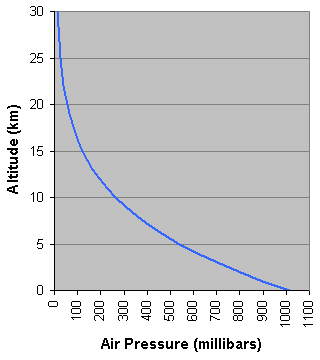Atmospheric pressure drops as you go higher up in the atmosphere. Pressure at sea level is around a thousand millibars. Five kilometers (about 16 thousand feet) up pressure is only about half as much.
Click on image for full size
Original artwork by Windows to the Universe staff (Randy Russell).
How Pressure Changes with Altitude in Our Atmosphere
Air gets 'thinner' with increasing altitude. That's why mountain climbers sometimes need bottled oxygen to breathe, and why it is so easy to get 'winded' while hiking in high mountains or even visiting someplace at elevation. Atmospheric pressure is around 1,014 millibars (14.7 pounds/inch2) at sea level. At an elevation of 10 km (6 miles or about 30,000 feet), roughly the height of Mt. Everest, pressure drops to 265 millibars. That's less than 30% of the pressure at sea level! Both atmospheric pressure and the density of air decrease with altitude.
You might also be interested in:
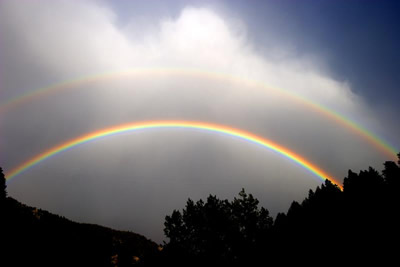
Rainbows appear in the sky when there is bright sunlight and rain. Sunlight is known as visible or white light and is actually a mixture of colors. The sun's rays pass through millions of raindrops. A
...more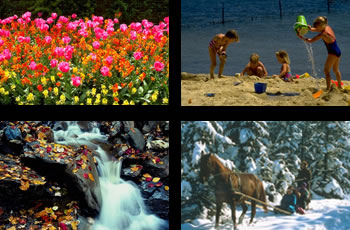
It takes the Earth one year to travel around the sun one time. During this year, there are four seasons: summer, autumn, winter, and spring. Each season depends on the amount of sunlight reaching the
...more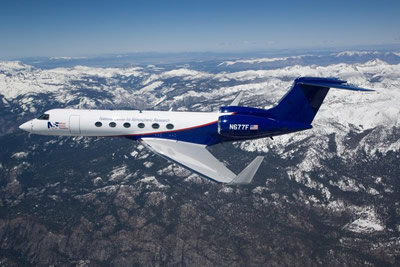
Scientists sometimes travel in airplanes that carry weather instruments in order to gather data about the atmosphere. These research aircraft bring air from the outside into the plane so scientists can
...more
An anemometer is a weather instrument used to measure the wind (it can also be called a wind gauge). These instruments can be used in a backyard weather station or on a well-equipped scientific research
...more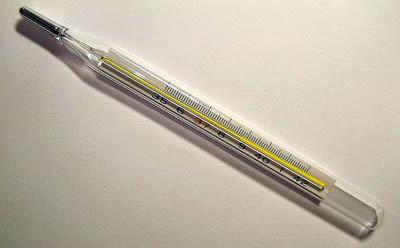
Thermometers measure temperature. "Thermo" means heat and "meter" means to measure. You can use a thermometer to measure the temperature of many things, including the temperature of
...more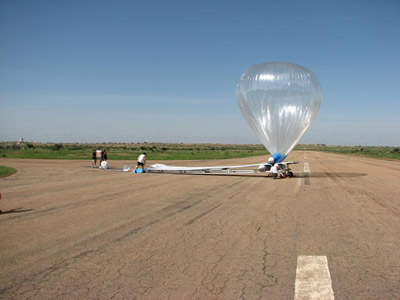
Weather balloons are used to carry weather instruments that measure temperature, pressure, humidity, and winds in the atmosphere. The information collected from the instruments on weather balloons are
...more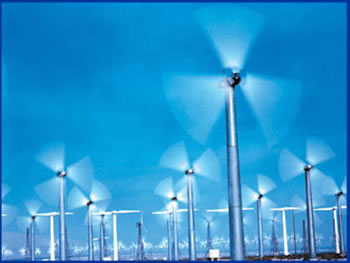
Wind is moving air. Warm air rises, and cool air comes in to take its place. This movement creates the winds around the globe. Winds move at different speeds and have different names based on their speed.
...more


